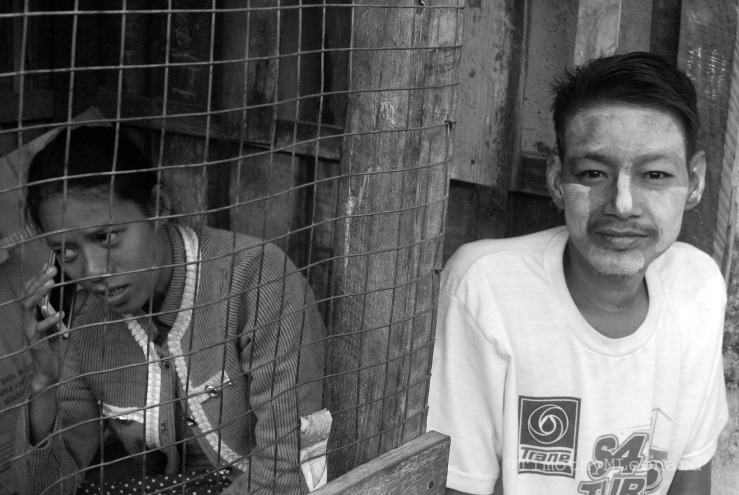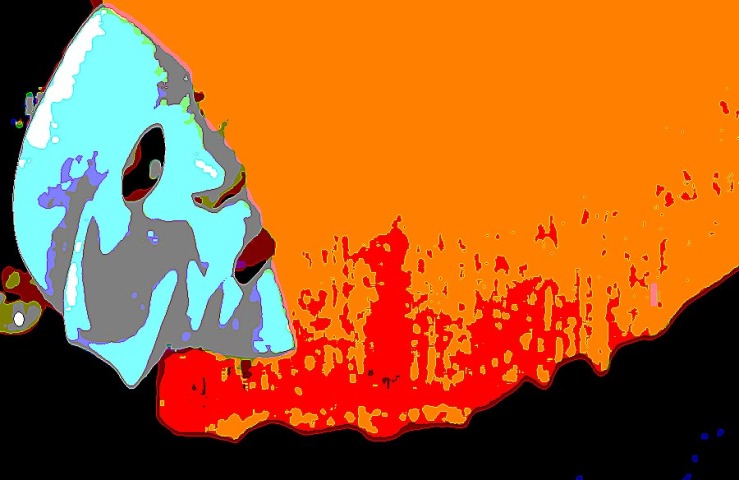Myths, Legends, Stories
Down in the southern province of Suhag in Egypt where King Scorpion lived 5,300 years ago I worked with archeologists discovering clay tablets.
Humans recorded taxes on oil and linen - a material Egyptians considered ritually pure under the protection of the goddess Tayt. The hieroglyphic line drawings of animals, plants and mountains revealed stories of economies and commodities.
In Nevali Cori we found 9,000 year-old shards of ceramics pottery depicting dancers.
“These images,” said a metaphorical digger, “reveal a common ancestor creating to integrate their community.”
A camelhair brush cleaned shards. “Anything else?”
“Well,” one said sifting dust, “we surmise these images established a collective discipline in their community. See how the figures are holding hands? What do you see now?”
“I see a circle of movement. A connected unity, a language in space.”
“It’s more than that. There are five rhythms in dance. You start with a circle. It’s a circular movement from the feminine container. She is earth.”
“Earth?”
“Yes, then you have a line from the hips moving out. This is the masculine action with direction. He is fire.”
“Fire is the driver.”
“Chaos is next, a combination of circle and lines where the male and female energies interact. This is the place of transformation.”
“I see. And then?”
“After chaos is the lyrical, a leap, a release. This is air. The last element of dance is stillness. Out of stillness is born the next movement.”
Language dances in space.
Every fourteen days a living language dies on Earth. The last speaker says good-bye.
6,100 and counting.
Storytellers sing oral traditions. They memorize stories, songs, poems, seasons, celebrations, rites, magic and ceremonies. They create and exchange family, clan, tribal myths and legends. Their children listen, memorize, chant and recite ancestor songs.
An historian’s job is trying to understand what happened through time.
An anthropologist’s job is to understand how people told their creation stories.
Mircea Eliade, a historian of religions, said, “Myths tell only of that which really happened.”
Myths suggest that behind the explanation there is a reality that cannot be seen and examined.
A myth is a story of unknown origins.
Myths are sacred stories of religion based on belief, containing archetypical universal truths.
They are in every place and no particular place. The world is sacred.
Myths, legends, stories.
Magic words grow here.
Intensity propels ten claws across twenty-six keys. Reed-like digits reflect use and neglect.
Psychology handles the branches. Mindfulness swims with roots.
Evolution flashes flickering beams of incandescent auras and pulsating electro-magnetic fields evolving character, attitude, values, behaviors and intention.
Intention is karma.
Perpetual transformation.
Weaving A Life (Volume 4) - Kindle Edition

Burma






 Share Article
Share Article 
